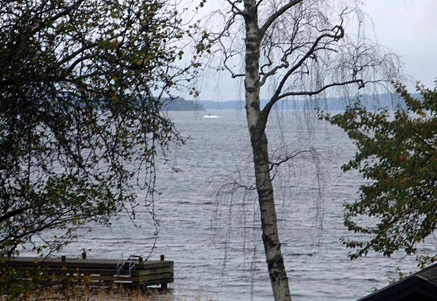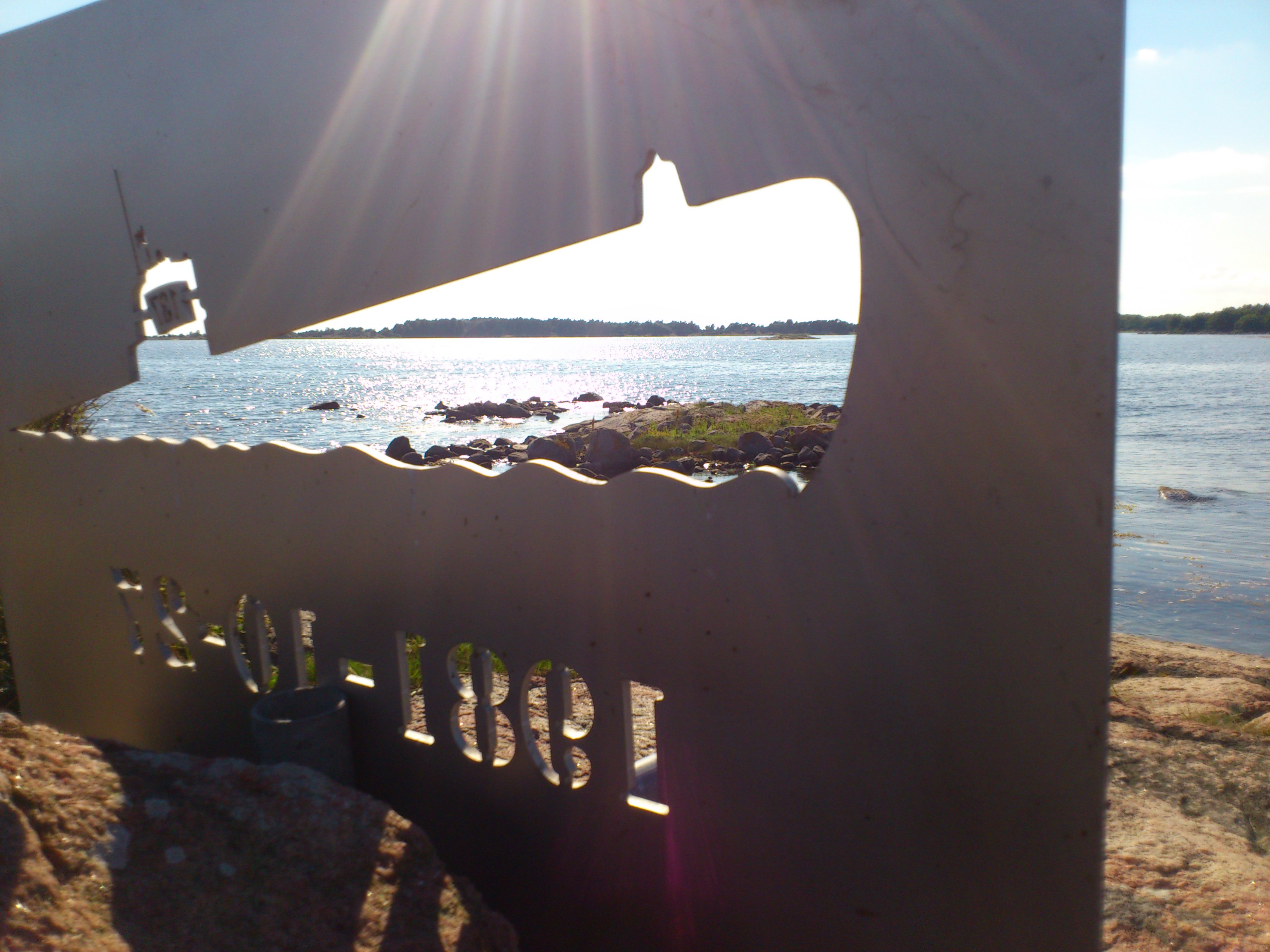Swedish news:
Unauthorized underwater activity in Stockholm. State museums free again.
-
 Part of the credible source — this photograph, taken by a local private citizen, which was recently released by the navy.
Part of the credible source — this photograph, taken by a local private citizen, which was recently released by the navy. -
-
Unauthorized underwater activity
In the days following investigations of unauthorized aircraft flying in Swedish airspace, an unknown underwater presence has been sighted in the Stockholm archipelago. The military’s intelligence operation began five days ago after receiving information "from a credible source." On Sunday, the Swedish military confirmed there had been three sightings of foreign undersea activity in its waters, and as of Monday evening there has been radio contact with what could be a relay-station ship identified outside the Stockholm archipelago. The origin of the suspected underwater vehicle hasn't been identified, but military leaders claim it is likely Russian. The Baltic Sea is an important trading route for Russia, but Russia's military activity has increased in the region since 2007. Most of the country's imports and exports pass through the Baltic Sea and Swedish archipelago. Swedish media report that it could be a wrecked Russian submarine, but Moscow denies that any Russian craft have been sent to the Stockholm archipelago or that a Russian submarine has been damaged. Authorities are concentrating on the fact that the increased Russian activity could be out of concern for Sweden's closer cooperation with NATO, which is not perceived positively in Moscow. Also, the crisis in Ukraine has sharpened the tone and worsened relations between Russia and the West. Russia may intend to gain intelligence about the bottom of the ocean floor and get control of the area. -
 On October 27, 1981, a Soviet submarine ran aground on the Swedish south coast. Later, the above plaque was put up at the location of the grounding. Photo: Kallegauffin
On October 27, 1981, a Soviet submarine ran aground on the Swedish south coast. Later, the above plaque was put up at the location of the grounding. Photo: Kallegauffin -
-
State museums free again
In her first press conference as Minister of Culture, Alice Bah Kuhnke announced that as of spring 2015, admission to all Sweden’s national museums will again be free for everyone. Free admission to national museums was first introduced in Sweden in 2005 but was only in effect for a couple years. Along with a change in government administration, the reform was abolished for adults in January 2007 (children under age 19 were still admitted free). Each museum was permitted to decide its own fee levels, but the policy directive identified target groups that all museums should aim to attract: men, young people, immigrants, people living in the suburbs, people with low levels of education and with low income. But ending free admission led to an attendance drop of nearly 20 percent, which doesn’t support the policy directive to increase attendance. The proposal for 2015, widely supported in parliament, is expected to add about SEK 80 million ($11 million) to the annual state budget. It will cover free admission to the collections of all state museums also some individual exhibits. "Even though we have strained government finances, this is still a priority," says Finance Minister Magdalena Andersson. -
-
